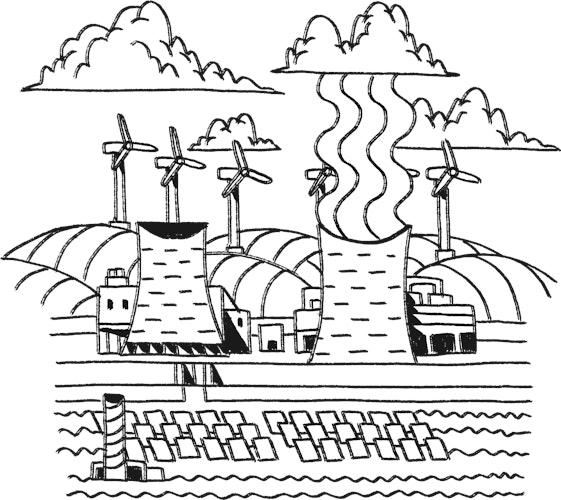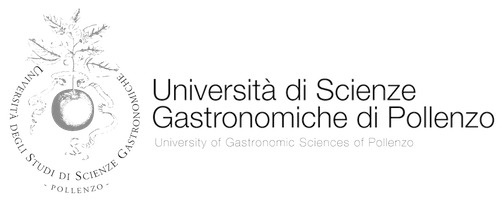Die Oasis
Directed by
Ten years after the catastrophe of the Chernobyl plant, Russian filmmaker Jurij Chascevatskij began searching for the inhabitants and victims of radioactive pollution in the contaminated areas of Belarus.
For anyone who has not seen the area around Chernobyl with their own eyes, it is hard to believe that it is not an exclusively apocalyptic place. There, with his film crew, the director met extraordinary people in search of freedom. It is precisely freedom that is the subject of the film, true freedom, over which politicians have no power and which cannot be bought. This is the reason why so many people have come here, from Moldova, Tajikistan and the Transcaucasian Republics, people who no longer believe in anything, who have nothing left.
They live far away from our civilisation devoid of higher harmony, with its false and opportunistic relationships between people, with lies and words that have long since departed from the spirit. Down there in the area where no one seems to need anything, one can feel the eternal flow of time. In the protected natural area of Polesky, which extends for a radius of 30 km around Chernobyl, scientists have cultivated vegetables and fruit that have adapted to radiation and even got rid of radioactive nuclides. And so humans can survive here too, like the protagonists in the film.
From the series: Humans and the Environment distributed by the Goethe Institut.








